Pack some Power with the Palate
By Tim Russell
This week we are talking about the palate and how we can get more sound by engaging it properly. There are two "big picture" parts of the palate: the SOFT part and the HARD part.
Today we are working with the soft part. To feel where the palate is in a general sense, try saying HUNG-GAH. There should be a feeling of muscle depression with the "hung" and a lift or opening with "gah". With the lowered palate, we get a nasalized sound because the flow of air is rerouted into our nasal cavity. With the lifted palate, there will be more clarity in sound.
OKAY, why does this matter? Simply put, we want the palate to be HIGH in our singing and speaking. With a high palate, we gain more power and focused tone is our singing, while maintaining a sense of ease. In order to feel what is high, it's important to feel what is low. So in your practice, feel both extremes (low to high) and the sensations that go along with each condition.
But let's go further. The soft palate consists and many muscles fibers and connective tissues. There are three specific parts:
1) The part that POPS THE EARS
2) The part that YAWNS
3) The part that SNORTS
At Innovative Voice Studio, we love to work with physical sensations, so let's try to feel each of these muscle groups with a prompt.
STEP 1. Pretend you're on an airplane and you're trying to normalize the pressure in your ears -- it's a feeling of widening and lifting the EARS. See Exhibit A with this Fennet Fox ear lifting.
Don't overdo the ear popping by activating the jaw- keep it all with the palate (i.e. keep your mouth pretty neutral). Observe the lifted feeling that goes along with with ear lifting and popping. Now, SING or SPEAK a line of your song or monologue with and without the ear engagement.
STEP 2. Imagine you're in a group of people and meeting someone for the first time. You find them extremely boring and feel a yawn coming on, but you have to stifle it because you don't want to be rude. It's the pre-YAWN. Be sure that your mouth doesn't open completely - it's only a feeling of opening in the back of the mouth.
SING or SPEAK a line of your song or monologue with and without the pre-YAWN. Then add in the EAR pop.
STEP 3. Remember when you were little and you would make fun of Dad snoring? Try to emulate that, where there is a suction effect of your soft palate (known as the uvula).
Do the snore a few times, where you are breathing in simultaneously. Now, maintain the lift sensation in the back of the mouth and SING or SPEAK a line of your song or monologue. Then add the YAWN and the ear POP.
Each prompt engages a slightly different muscle, so see if you can combine them all together to maximize the lift and therefore the power and clarity in your sound. It will probably feel like a little bit of work at first, but that's okay. Singing IS NOT relaxed!
Happy singing!
*If you're interested in learning more, this work follows Jo Estill's Head and Neck Anchoring. Lots of great resources online!


